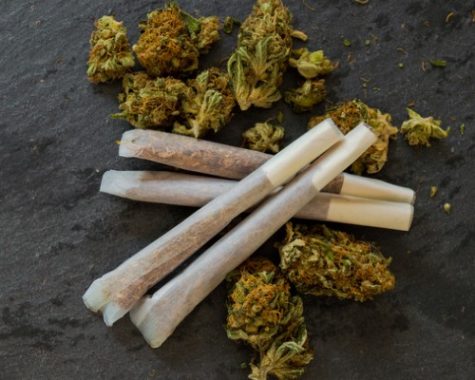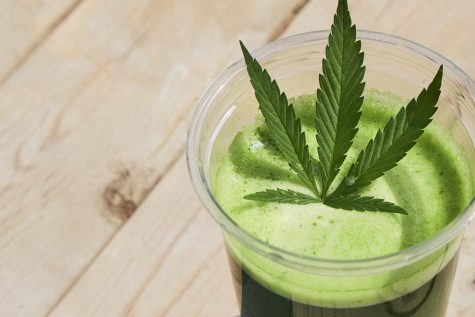Study suggests cannabis may relieve migraines for nine out of 10 patients
Did you know that migraine is the third most prevalent medical condition on the planet? According to the Migraine Research Foundation, 12 percent of the global population will endure this type of head pain. Moreover, approximately one in four U.S. households is home to someone with migraine.
If you are one of these people, fear not, because scientists have determined that cannabis may be a cure. While over-the-counter (OTC) meds can prove effective, researchers from the University of New Mexico are confident that patients could soon be replacing conventional methods of treatment with plant-derived medications.
The research, titled “Alleviative effects of cannabis flower on migraine and headache,” was recently published in the Journal of Integrative Medicine. Based on the results, more than nine out of 10 migraine patients self-reported symptomatic relief after inhaling cannabis.
Study on cannabis for migraine: Inhaled herbal cannabis proved effective
In order to carry out their investigation effectively, researchers monitored the symptoms of 699 people who suffered from migraines. Those study subjects were assessed over a 32-month period. Inhaled herbal cannabis was the medicine of choice — a method of administration that scientists say could trigger the release of cannabis’ effects within minutes through lung-cannabinoid absorption.
“According to the current results, cannabis flower appears to be effective at reducing headache- and migraine-related pain intensity for most people that choose to use it,” the authors of the study wrote. “It seems possible that the use of cannabis flower, combined with other behavioral modifications, might offer some patients a natural, safer, and more effective treatment regimen, compared to the use of some conventional prescription pharmaceuticals,” they added.
The researchers delivered their hypothesis after study subjects self-administered cannabis in the comfort of their own homes. After consumption, participants were asked to self-report the effect(s) they experienced by using smartphone application Releaf. Pain intensity was determined on a scale of 1-10.
Study on cannabis for migraine: Symptomatic relief reported within two hours of consumption
Two hours was all it took for most study subjects to experience migraine relief using cannabis. Specifically, 94 percent of participants claimed that their symptoms reduced within two hours of inhaling the green plant’s active cannabinoids. The average symptomatic reduction rested at 3.3 points; based on a 10-point scale.
Although CBD has emerged as a viable treatment option for widespread medical conditions and ailments over the last couple of years, its psychoactive cousin THC proved to be the most effective at easing migraine symptoms in this particular study. The researchers noted how cannabis varieties with 10 percent or more THC managed to provide more relief among males and younger study subjects. However, the results were positive among all groups.
“These results suggest that whole dried Cannabis flower may be an effective medication for the treatment of migraine- and headache-related pain, but the effectiveness differs according to characteristics of the Cannabis plant, the combustion methods, and the age and gender of the patient,” the researchers noted.
A specific researcher, Jegason Diviant, believes that whole cannabis flower is a more beneficial choice for migraine sufferers, as opposed to refined cannabinoid formulations.
“We are seeing very encouraging evidence that cannabis can be safe and effective for treating both depression and chronic pain,” Diviant said. “Phytocannabinoid isolates, such as THC or CBD, are less effective treatment options than whole-spectrum cannabis products. However, it is not enough to simply educate the public that whole-spectrum cannabis is superior to cannabis-derived isolates. There are thousands of cannabis strains, also known as chemotypes or chemovars, and they all have a unique phytocannabinoid and terpene profile.”
Diviant mentioned that federal cannabis policy ought to be amended if further studies are to commence. With more experiments on using cannabis for migraine, the likelihood of new treatment pathways opening up is highly likely, she concluded.








